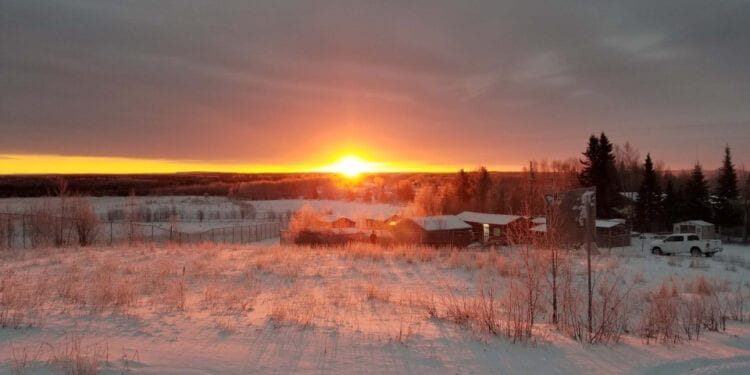Drill Intercepts Up To 1.07 g/t Au Over 189.40m
Amex Exploration Inc.(TSXV:AMX) has made a significant discovery of the westward and surface expression of the Denise Zone, a major gold bearing system, immediately south of the High Grade Zone (HGZ), of the compan’s Perron property in northwestern Quebec, Canada.
The company encountered substantial gold mineralisation in multiple drill hole intersections from the Denise Zone.
Highlight results from the Denise Zone Include:
- Hole PE-20-181 intersected 115.60 metres of 1.39 g/t Au at a vertical depth of approximately 260 metres
- Hole PE-20-188 intersected 189.40 metres of 1.07 g/t Au at a vertical depth of approximately 300 metres
- Hole PE-20-54EXT intersected 50.0 metres of 2.12 g/t Au at a vertical depth of approximately 130 metres
- Hole PE-20-56EXT intersected 100.00 metres of 1.01 g/t Au at a vertical depth of approximately 120 metres
Executive Chairman, Jacques Trottier, said gold mineralisation has been traced over 325m along strike, from the surface to 550m vertically and up to 100m of width with higher grade intervals contained within, with the Denise Zone remaining open in all directions.
“The discovery of a major gold bearing system at the surface has excellent implications for the future mining at Perron,” Mr Trottier said.
“With these results, as well as the pending holes from Denise, we believe the Denise Zone has the potential to add significant gold ounces to the overall Perron property as well significantly add to the ounces per vertical meter when considering it in conjunction with the HGZ.
“We now recognise the Denise Zone as a stand-alone gold zone. Previously, we had contemplated underground mining to extract the very high-grade gold mineralisation of the HGZ.
“Having the Denise Zone located immediately south of the HGZ enables us to envision a starter pit followed by further underground mining. This fundamentally changes the possible economics of mining this area.”
At the Eastern Gold Zone, Mr Trottier said Amex clearly has two different orogenic Archean gold mineralization types adjacent to each other – the High Grade Zone (HGZ) and the Denise Zone.
The Denise Zone is located roughly 50m to a 100m to the South of the HGZ and is a shear zone type gold mineralization which consists mainly of a wide (from 5m to more than 100m of width) sub vertical deformation zone of highly sheared and highly silicified, sericitised and pyritised altered rhyolite.
The Denise zone also has a distinctive feature consisting of heavily deformed, pinched and swells transposed quartz veins and veinlets containing various sulphide minerals, such as pyrite, sphalerite, galena, and pyrrhotite also frequently fine grain of native free gold. The occurrence of scattered fine free native gold in the Denise Zone could explain the higher gold content of this mineralized shear zone (for example hole PE-19-83 that returned 23.91 g/t Au over 9.30 m).
Mr Trottier said the HGZ is a typical bonanza vein which is characterized by very high grade gold content (up to 393.33 g/t Au over 1.70 m in hole PE-19-22) usually consisting of two parallel continuous quartz veins containing multiple native coarse free gold grains located at the contact on both sides of a linear vertical mafic foliated intrusive cross cutting a massive rhyolitic host unit.












